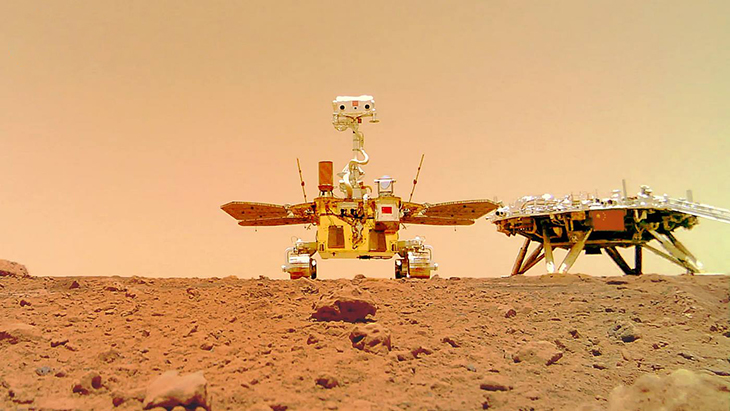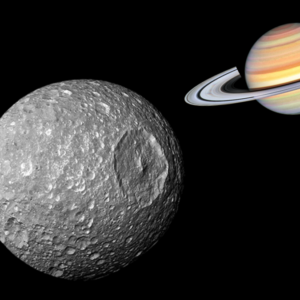
Evidence of liquid water on the planet Mars has been discovered by the Chinese Zhurong Martian rover, suggesting the presence of snow and frost as recently as 400,000 years ago. This timeframe coincides with the emergence of Homo sapiens, implying that our earliest modern ancestors might have existed at the same time water flowed on the Red Planet.
Although previous calculations show the potential for water on Mars today, this is the first instance in which tangible proof of liquid water has been found on the neighboring planet.
The research team managed to identify significant morphological features on the dune surfaces, including crusts, cracks, granulation, polygonal ridges, and a strip-like trace. The salts present in these dunes, estimated to be between 0.4 and 1.4 million years old, cause the melting of frost or snow at low temperatures, resulting in the formation of salty liquid water.
The discovery has been highly praised by the IGG team as it provides crucial observational evidence of liquid water at low latitudes on Mars. These regions experience relatively warmer surface temperatures, which makes them more conducive to supporting life compared to high latitudes.
According to Qin Xiaoguang, a geophysicist at the Chinese Academy of Sciences and first author of the new study said, “We inferred that these dune surface characteristics were related to the involvement of liquid saline water formed by the subsequent melting of frost/snow falling on the salt-containing dune surfaces.”
The Zhurong rover, which is part of China’s Tianwen-1 Mars exploration mission, successfully landed on Mars in 2021 at a site situated on the southern edge of the Utopia Planitia plain. This plain holds the distinction of being the largest impact basin in our solar system. The mission was particularly noteworthy because it marked the first time a nation’s maiden voyage to Mars encompassed an orbiter, lander, and rover, with all three components achieving their objectives.
Currently, the Zhurong rover remains in hibernation during the Martian winter, unable to awaken due to a layer of dust coating its solar panels, which inhibits recharging. This situation is not uncommon for Mars-bound equipment, as evidenced by NASA’s Insight Lander experiencing a similar fate in recent times.
“This is important for understanding the evolutionary history of the Martian climate, looking for a habitable environment and providing key clues for the future search for life,” said Dr. Qin.
What are your thoughts? Please comment below and share this news!
True Activist / Report a typo


